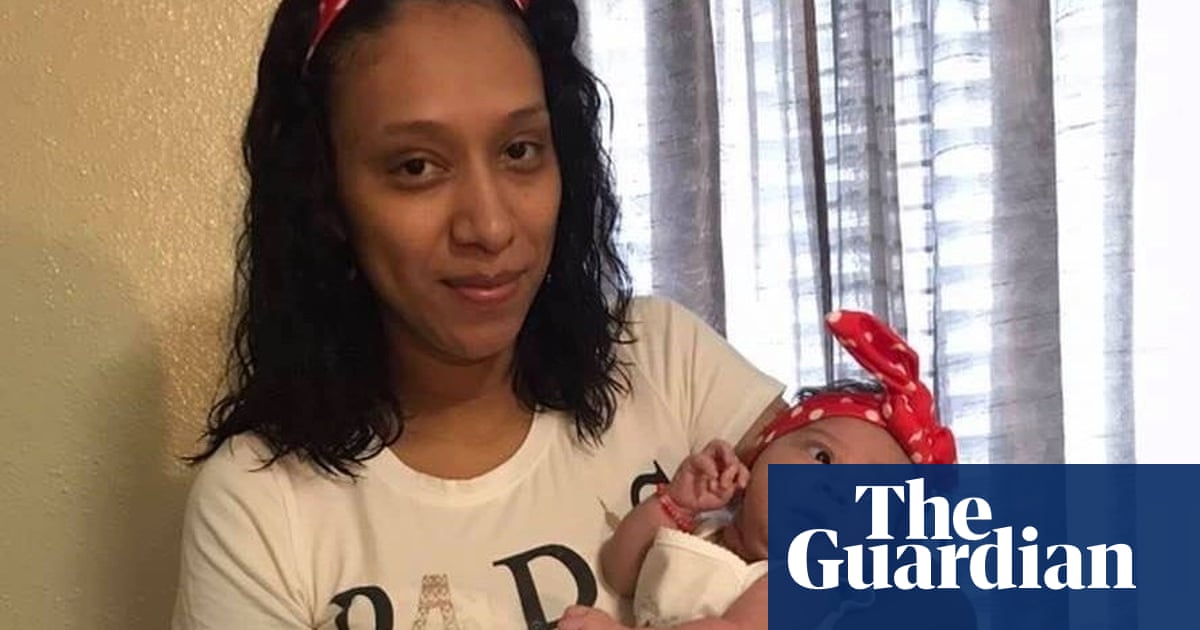
Texas woman died after being denied miscarriage care due to abortion ban, report finds
Josseli Barnica died days state passed six-week abortion ban and doctors delayed treatment, ProPublica reports
Texas woman died after being denied miscarriage care due to abortion ban, report finds
Josseli Barnica died days state passed six-week abortion ban and doctors delayed treatment, ProPublica reports
Carter Sherman
Wed 30 Oct 2024 13.17 EDT
Share

Josseli Barnica’s death was preventable, experts told ProPublica. Photograph: Courtesy of the Barnica family
Just days after Texas banned abortion past six weeks of pregnancy, a woman died after doctors in the state delayed treating her miscarriage for 40 hours, ProPublica reported on Wednesday.
Experts told ProPublica that the September 2021 death of Josseli Barnica, a 28-year-old mother, was “preventable”. Barnica is the third woman reported by ProPublica to have died in recent years after being unable to access abortion legally or having her medical care delayed.
Although US abortion bans – which more than a dozen states have enacted in the two years since the supreme court overturned Roe v Wade – technically permit the procedure in medical emergencies, doctors across the country have said that the laws are worded so vaguely that they don’t know when they can legally intervene. Instead, many physicians say they have been forced to wait until a patient is on the brink of death – then attempt to pull them back.
Barnica went to the hospital with cramps when she was just over 17 weeks pregnant on 2 September 2021, the day after the Texas six-week abortion ban took effect, according to ProPublica. (Texas enacted the ban almost a year before Roe was overturned; it now bans abortion from conception.) When her bleeding worsened the following day, Barnica returned to the hospital, where a doctor concluded that a miscarriage was “in progress”. Another soon concluded that a miscarriage was “inevitable”.
Barnica’s cervix was dilated at nearly 9cm, a condition that left her vulnerable to fast-acting infections, ProPublica reported. Normally, in cases like Barnica’s doctors will offer medication to speed up labor or perform a procedure to empty the uterus.

Josseli Barnica’s autopsy report. Photograph: Highlighted and redacted by ProPublica. Courtesy of the Barnica family
But Barnica’s fetus still had a heartbeat. And under the Texas ban, doctors could not intervene unless a “medical emergency” – a term that was not defined in the law – developed.
About 40 hours after Barnica’s second arrival at the hospital, doctors stopped being able to detect a fetal heartbeat, according to the report. A doctor expedited her labor using medications and delivered Barnica’s fetus. But after she returned home, Barnica’s bleeding continued and worsened.
Within days, she was back at the hospital, where she died of sepsis involving “products of conception”, according to her autopsy report. Her widowed husband is now raising their four-year-old daughter, ProPublica reported.
Multiple experts, including OB-GYNs and maternal fetal medicine specialists, told ProPublica that delaying Barnica’s care ran against the medical standard of care due to the risk of infection. Had she been given options earlier, they told the outlet, Barnica might have survived.
Doctors involved in Barnica’s case did not respond to ProPublica’s requests for comment. In a statement, HCA Healthcare, the hospital chain that treated Barnica, told ProPublica that doctors exercised independent judgment and “our responsibility is to be in compliance with applicable state and federal laws and regulations”.
Abortion and the consequences of banning the procedure have become one of the top issues in the US election, as support for abortion rights has surged in the years since Roe fell and dozens of women have come forward to say they were denied medically necessary care. Kamala Harris has made protecting abortion rights a key plank of her policy platform, while Donald Trump and other Republicans have tried to evade discussion of it or flip-flopped on the issue.
“My heart breaks for the Barnica family,” Colin Allred, a US representative from Dallas running for a Senate seat, posted on X on Wednesday. Allred is running against Ted Cruz, the avowedly anti-abortion senator, and has made abortion rights a centerpiece of his campaign. “Josseli Barnica should be alive today but because of Ted Cruz’s cruel abortion ban, Texas women have been denied the life-saving health care they need. We can’t afford six more years of Ted Cruz.”
Cruz has recently kept quiet on abortion. He declined a ProPublica request from comment, as did the Texas governor, Greg Abbott, and the state attorney general, Ken Paxton.
In the weeks since ProPublica first reported on two Georgia women, Amber Nicole Thurman and Candi Miller, who died after being unable to access legal abortions in their home state, Trump has also largely avoided commenting on their specific cases. However, during a Fox News townhall, the host Harris Faulkner told Trump that Thurman’s family was holding a press call.
“We’ll get better ratings, I promise,” Trump joked. The crowd laughed.





